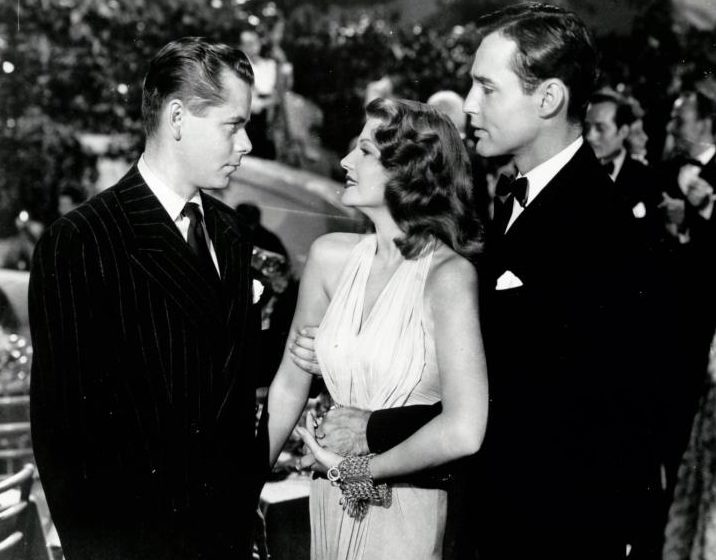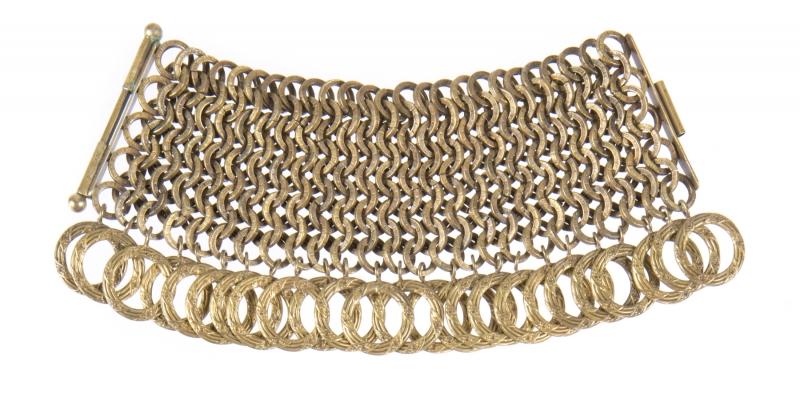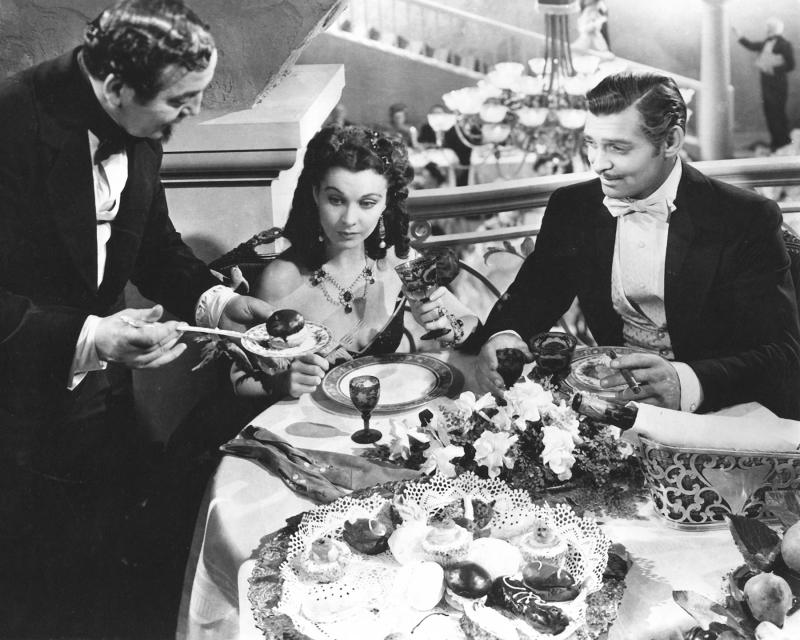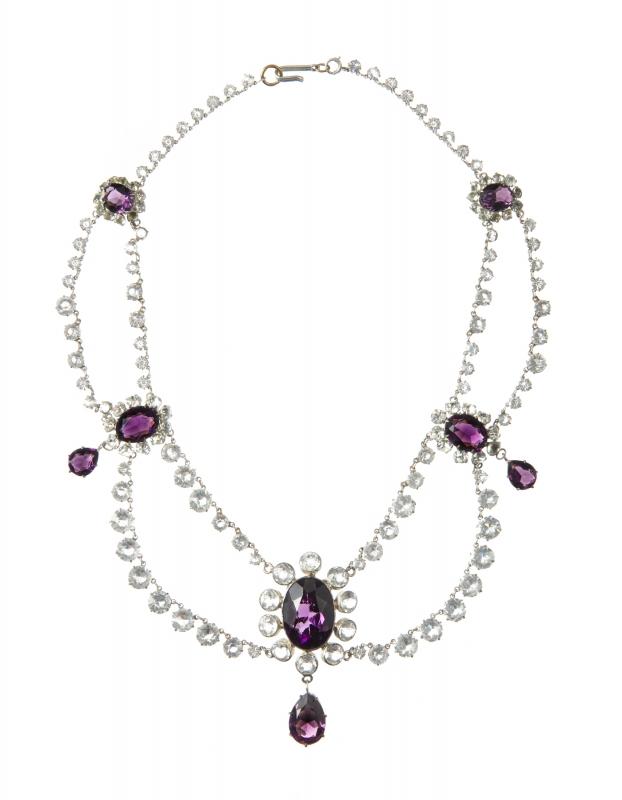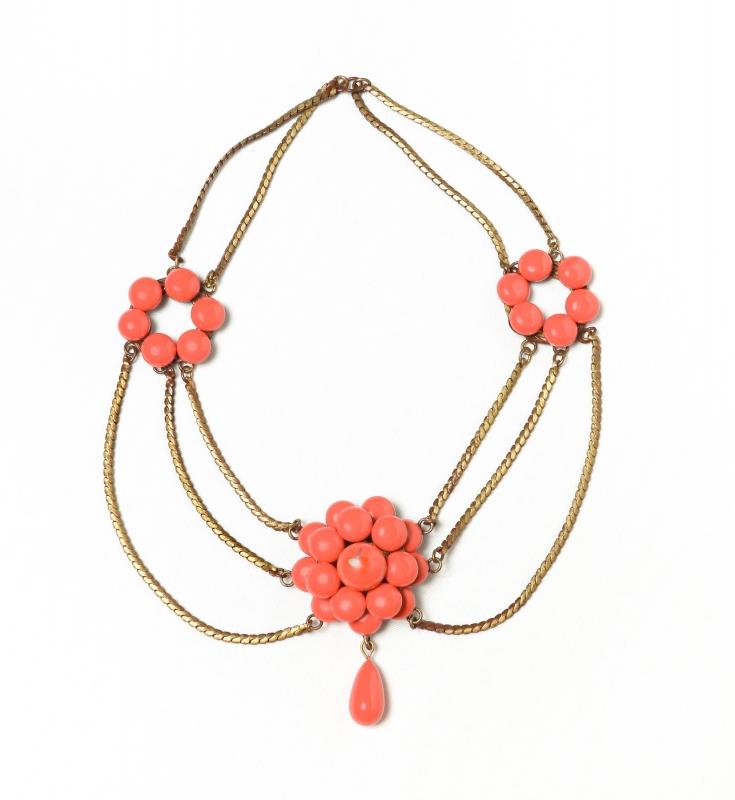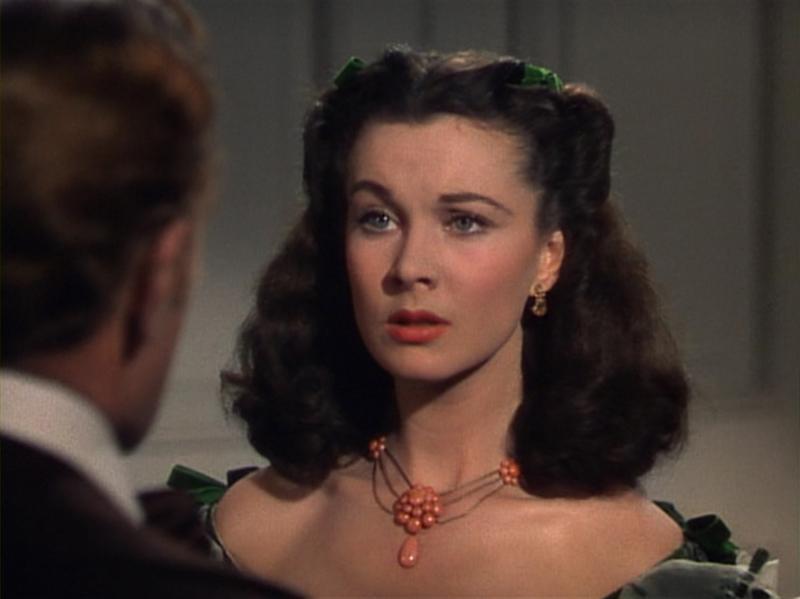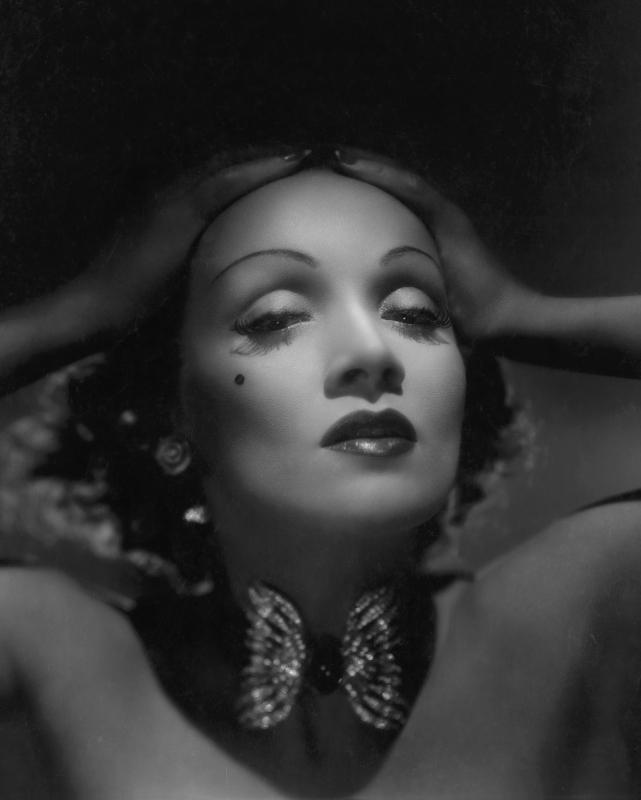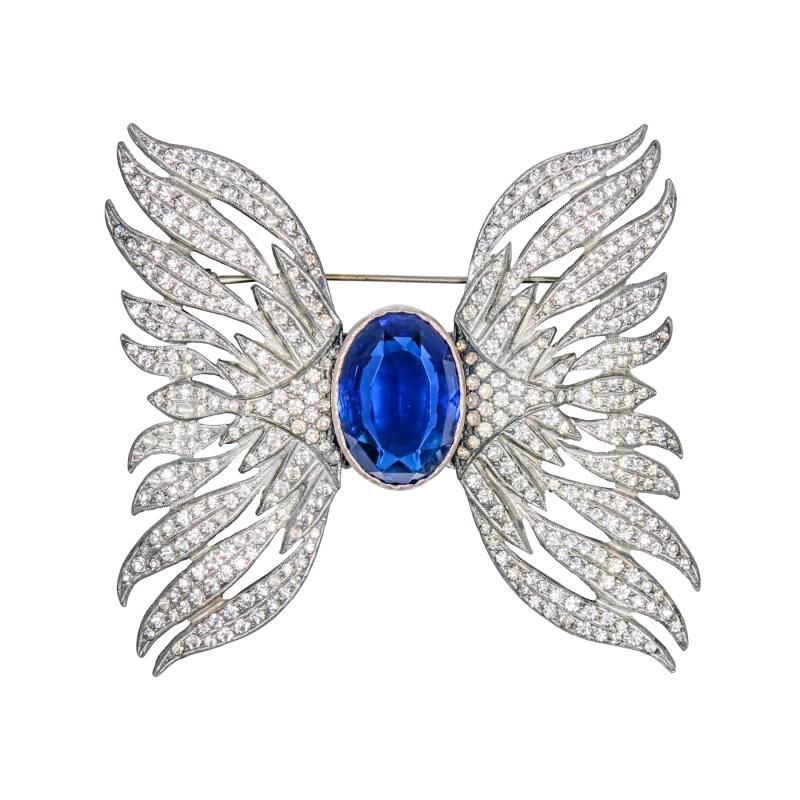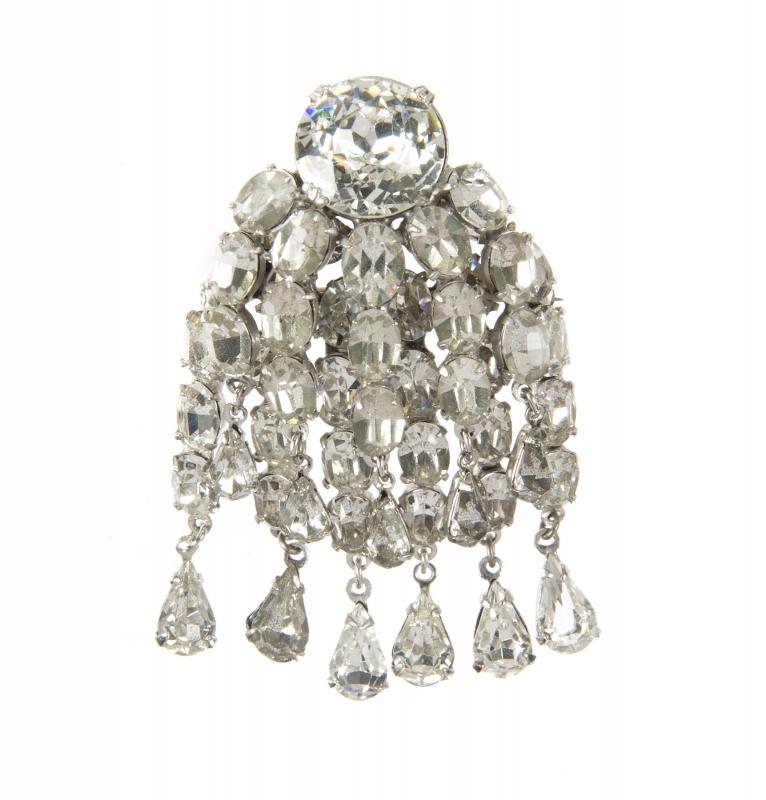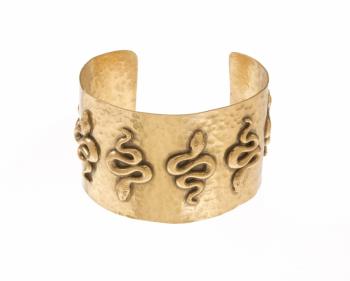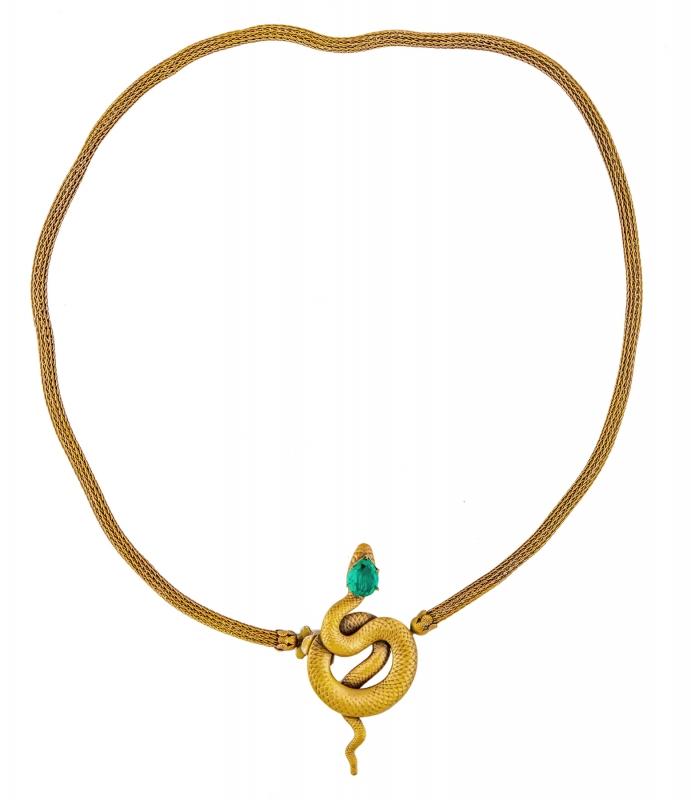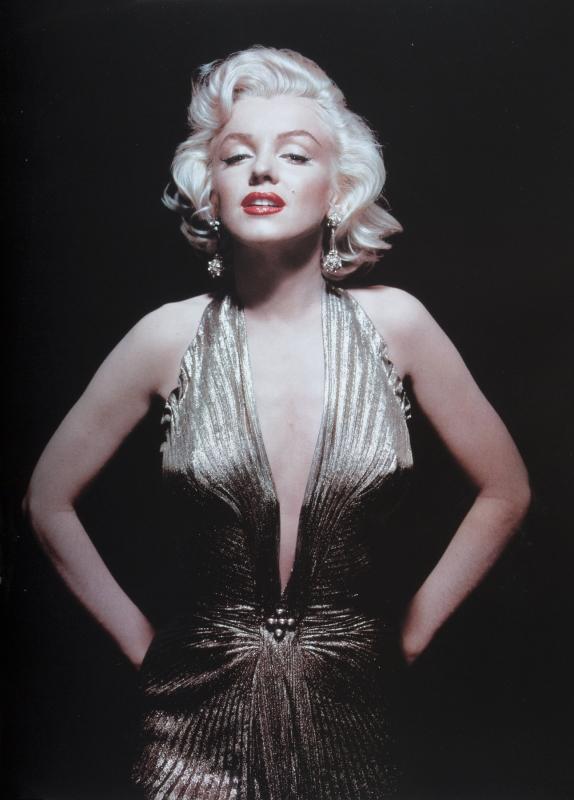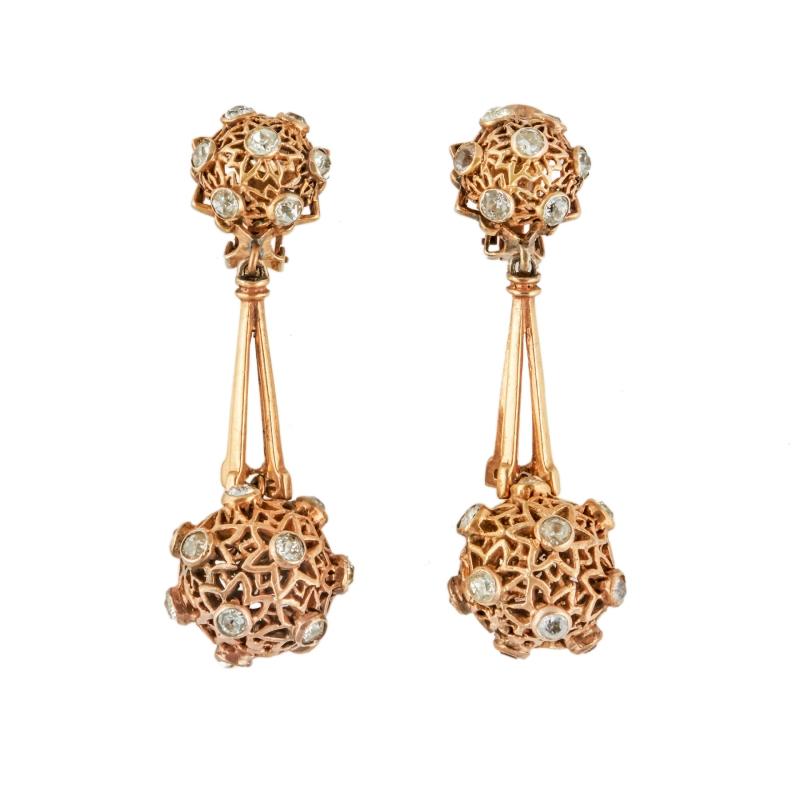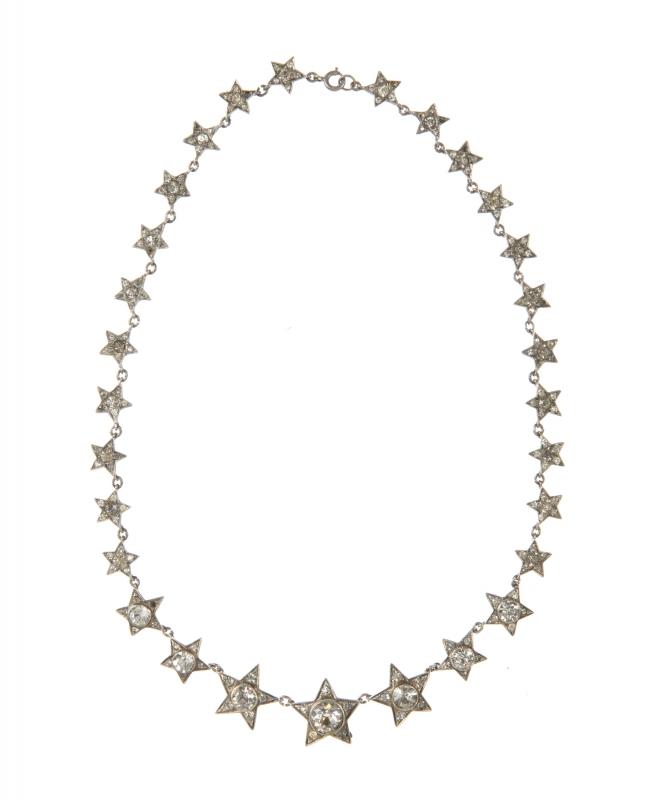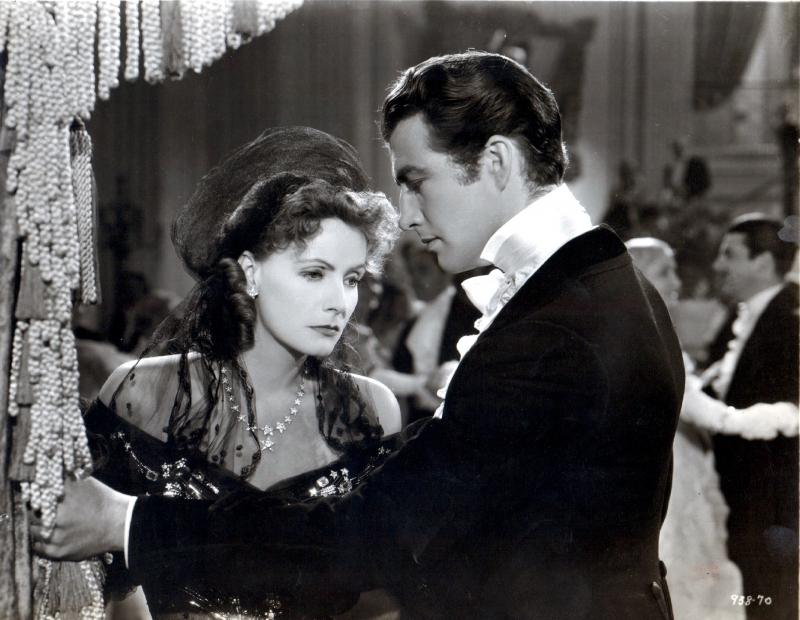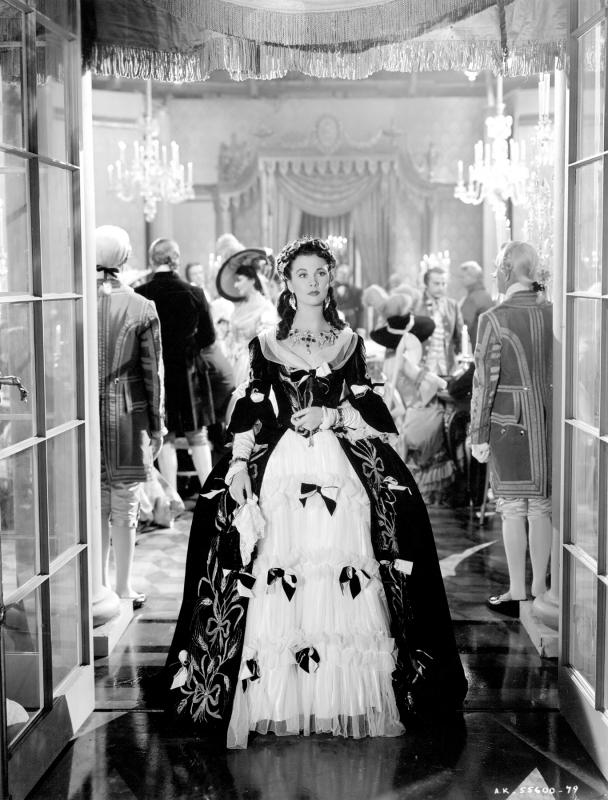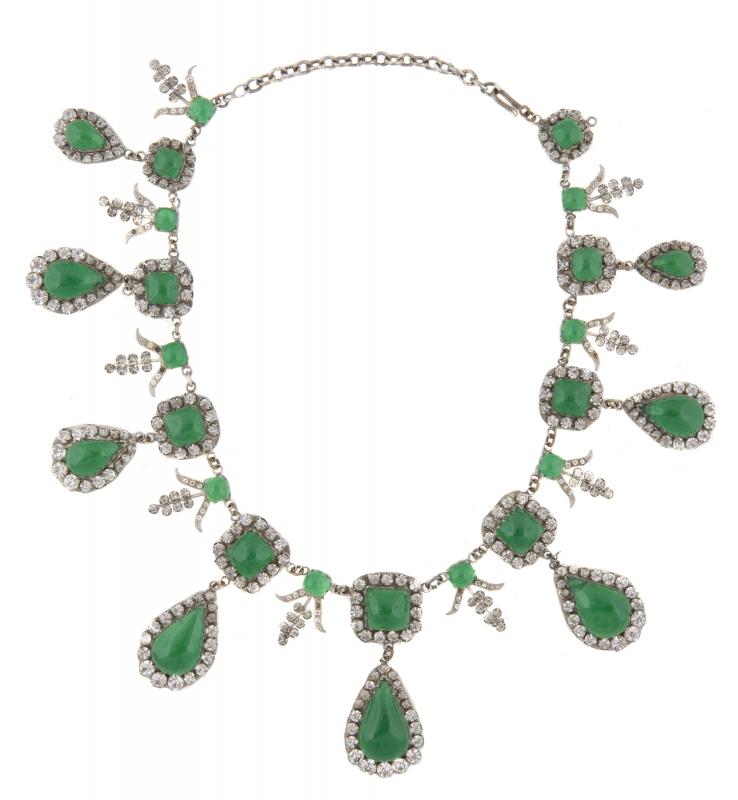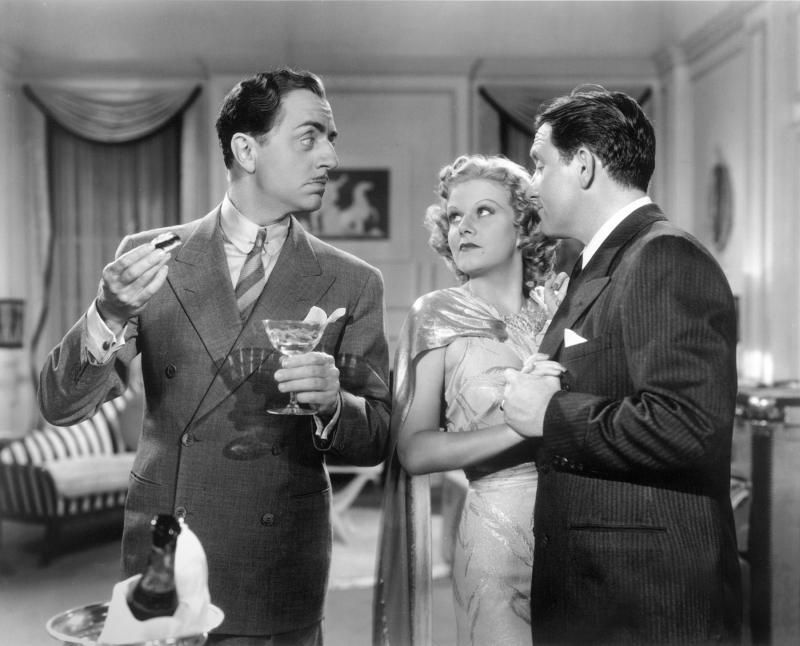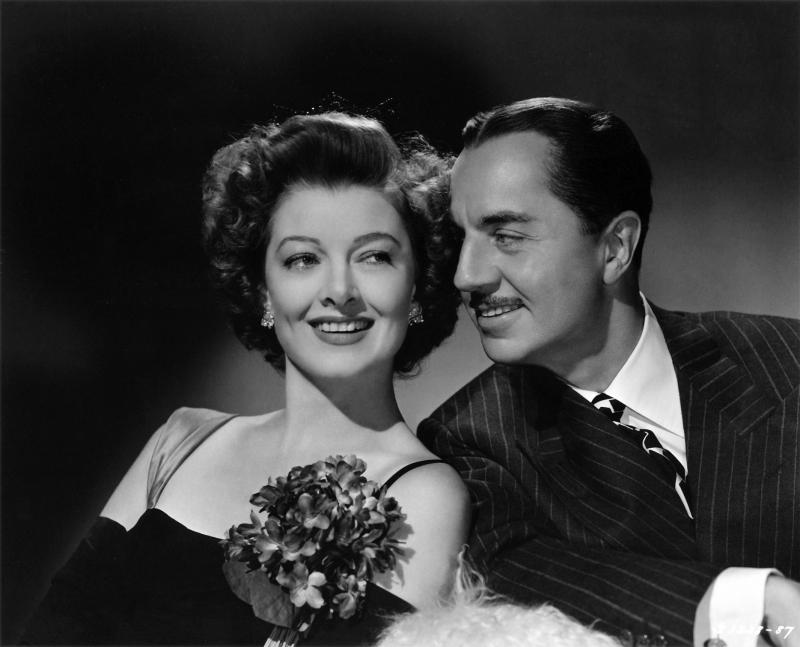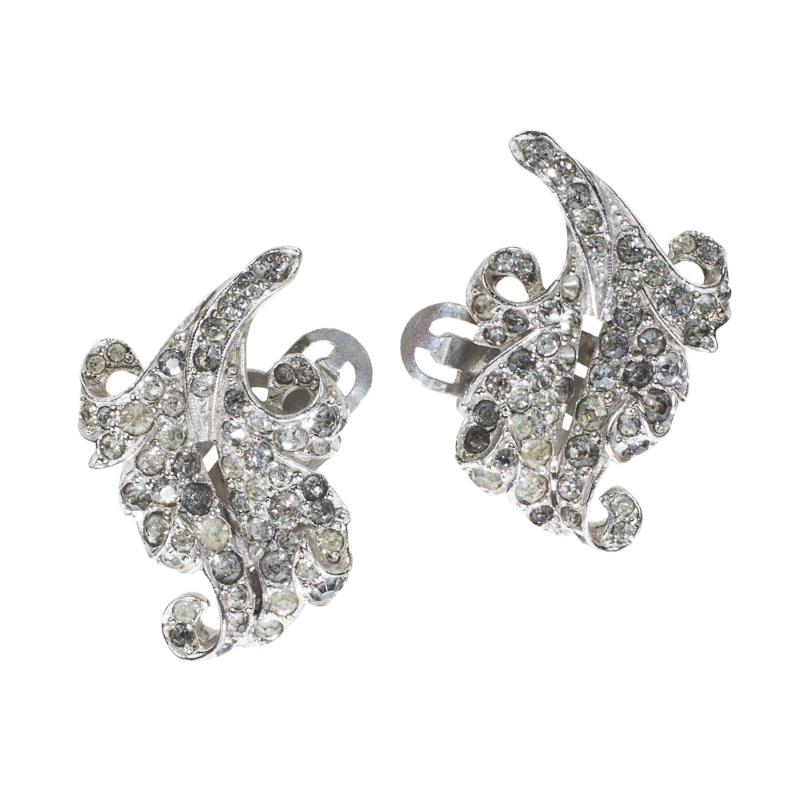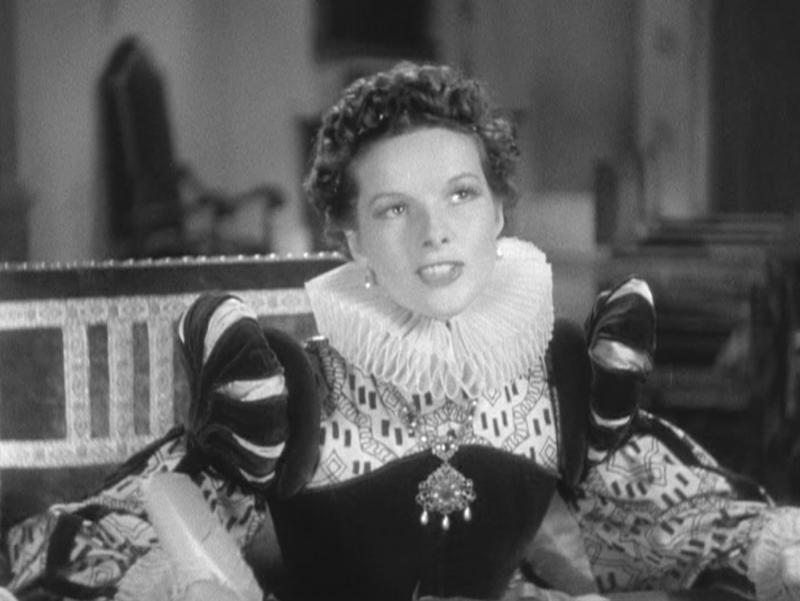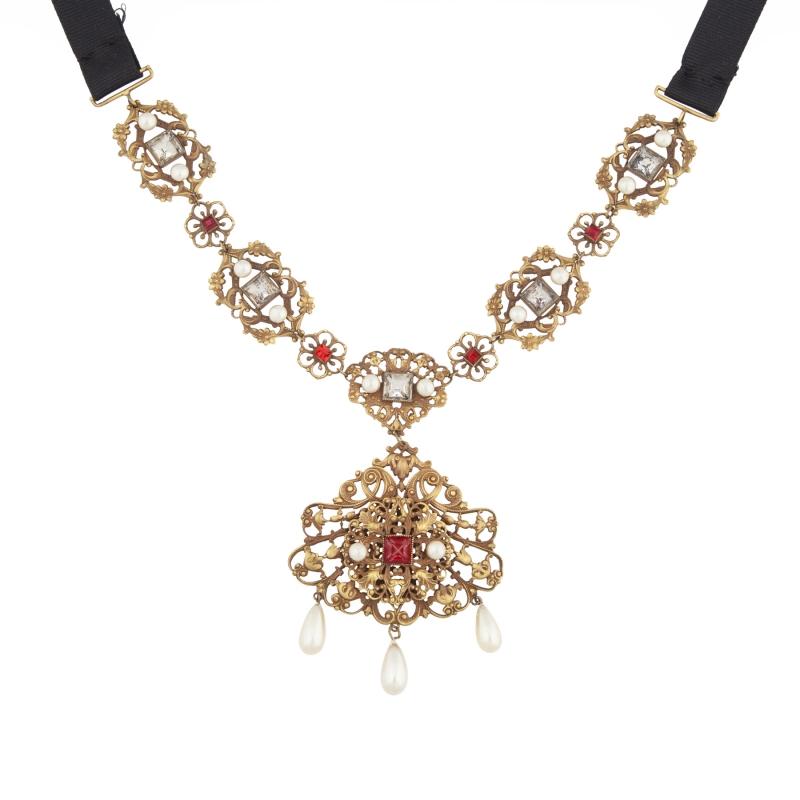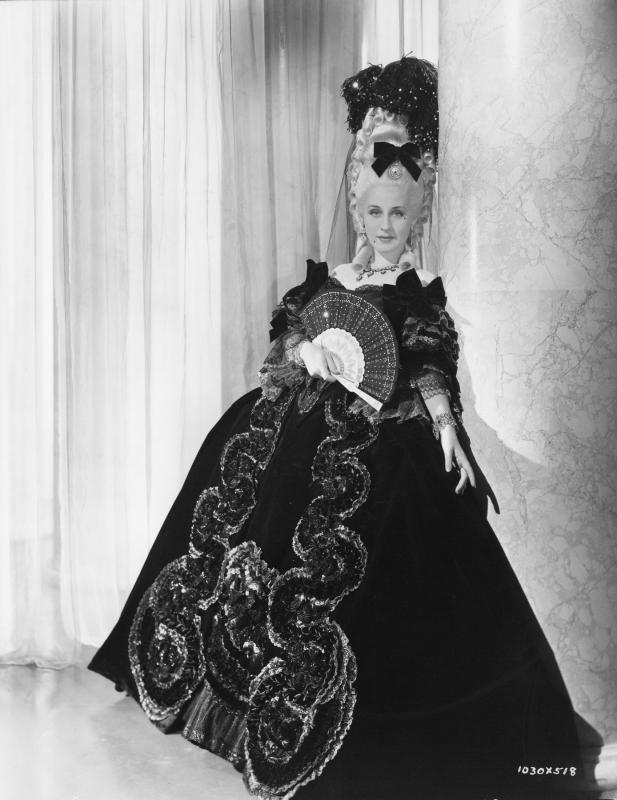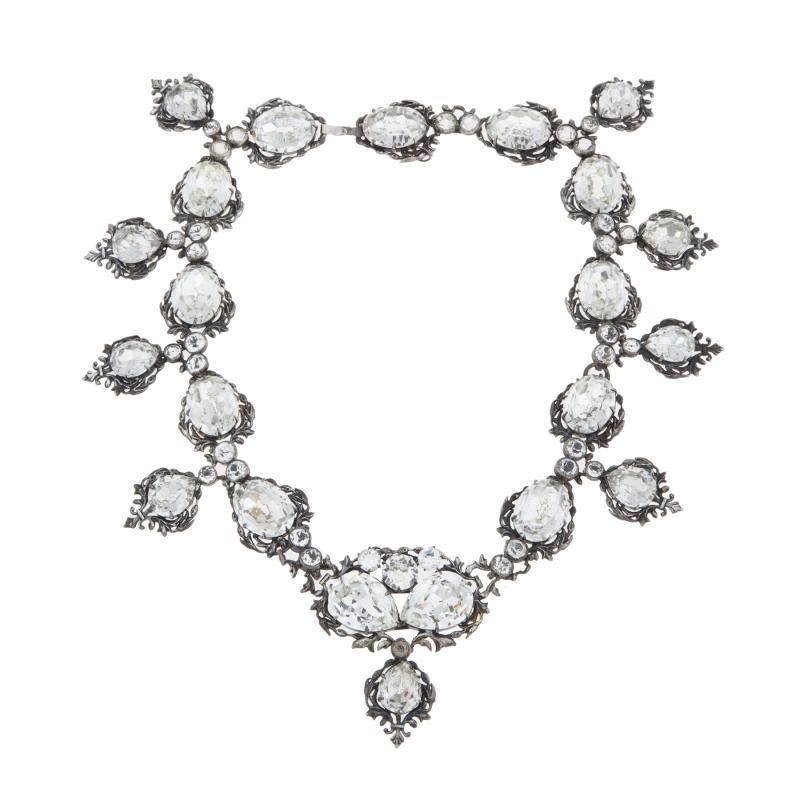Over 600 famous Joseff of Hollywood jewels go up for sale at Julien’s
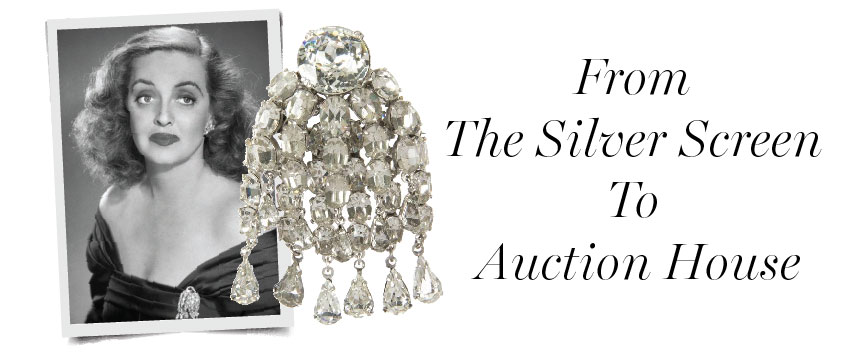
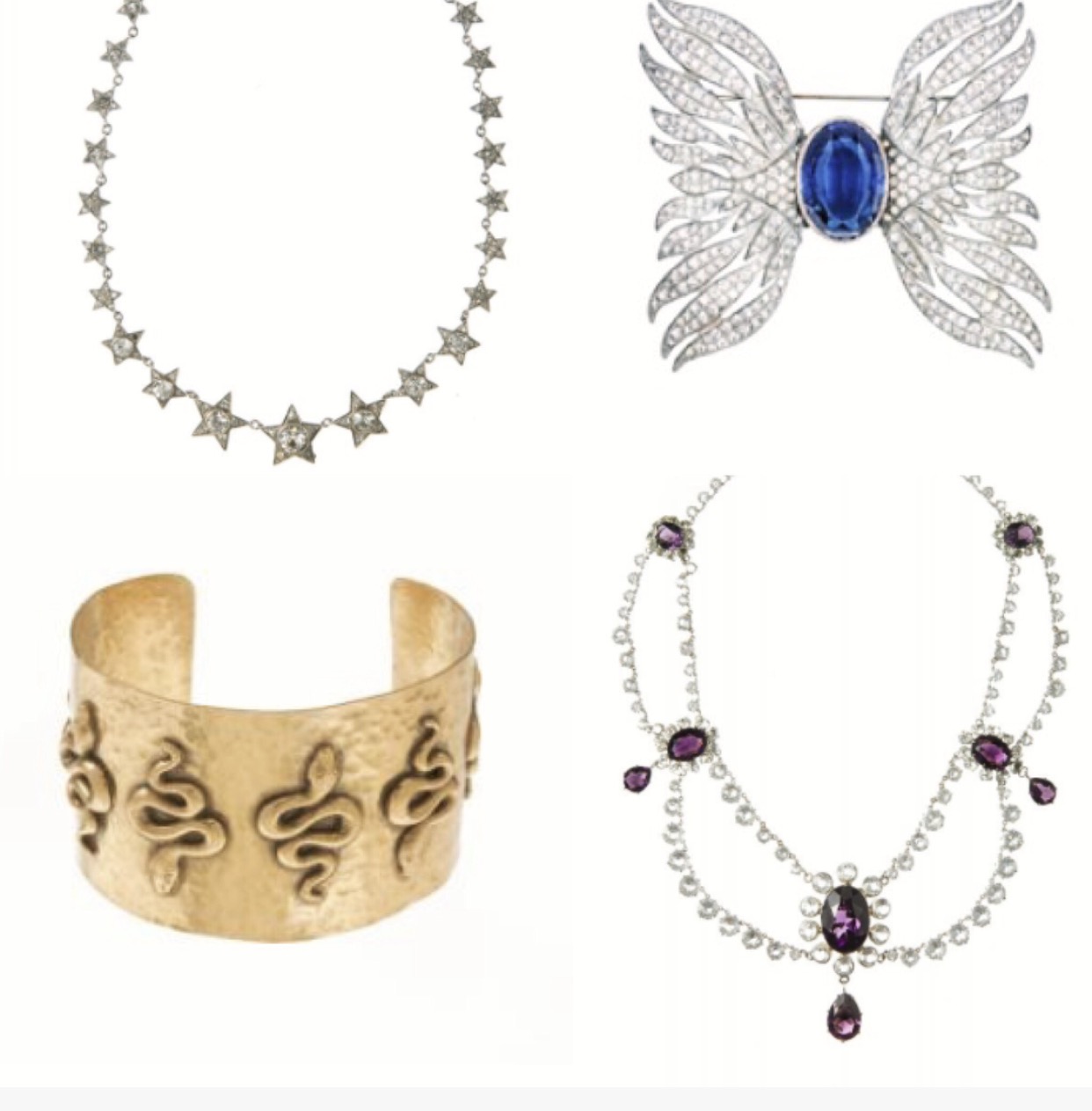 As a young girl, I grew up watching movies from the ‘30s through ‘60s on my grandmother’s TV. I was young and it was a treat to be able to stay up past my bedtime and watch the late night movies featured on network TV. It was during those evenings that my grandmother and I dressed up in a mix of dime-store diamante tiaras (mine) and authentic jewels (hers) while we watched iconic movies and famous actresses- all leading me to get deeply engrossed in the glamour and drama of Hollywood’s heyday. I have long remembered Bette Davis’ famous lines and the dry wit with which she delivered them as well as how stylishly she wore a brooch on the side of a neckline of a cocktail dress. I also remember how, as an actress, she could transform from a star of the stage in All Above Eve to a monarch in The Private Lives of Elizabeth and Essex.
As a young girl, I grew up watching movies from the ‘30s through ‘60s on my grandmother’s TV. I was young and it was a treat to be able to stay up past my bedtime and watch the late night movies featured on network TV. It was during those evenings that my grandmother and I dressed up in a mix of dime-store diamante tiaras (mine) and authentic jewels (hers) while we watched iconic movies and famous actresses- all leading me to get deeply engrossed in the glamour and drama of Hollywood’s heyday. I have long remembered Bette Davis’ famous lines and the dry wit with which she delivered them as well as how stylishly she wore a brooch on the side of a neckline of a cocktail dress. I also remember how, as an actress, she could transform from a star of the stage in All Above Eve to a monarch in The Private Lives of Elizabeth and Essex.
I loved the earlier romantic comedies, period films and the 1950’s melodramas. I also noticed how the jewelry was essential to the characterization in films such as Cleopatra, Gentlemen Prefer Blondes and Marie Antoinette to name only a few.
When I wrote the book, If These Jewels Could Talk: The Legend Behind Celebrity Gems, I included many of the real jewels that style-setting celebrities owned and wore on film, which were created by such luminary houses as Cartier, Van Cleef & Arpels and Trabert & Hoeffer-Mauboussin. But I also wrote about the faux glittering gems that Joseff of Hollywood created.
So, you could imagine my excitement when I learned that over 600 jewels worn in films, celebrity stills and on the red carpet are going up for sale at Julien’s Auctions, November 17 and 18th online and in Los Angeles. The sale is entitled Joseff of Hollywood: Treasures from the Vault which encompasses pieces worn by Hollywood’s stars from the 1920s-60s. Founded by young designer and entrepreneur Eugene Joseff in 1928, Joseff of Hollywood was the most renowned designer of on-screen jewelry during the Golden Age of Hollywood and supplied over ninety percent of the costume jewelry in the movies. He masterfully crafted realistic pieces, which were rich in detail. His jewels were featured in many period films due to his historical research and how he recreated the look and feel of the time in which the films took place. He was known in studio circles simply as “Joseff” and publicly as “Jeweler to the Stars”. Actresses who wore his pieces on-screen also began commissioning him to create ever more elaborate pieces for them to wear off-screen. Due to the demand from regular woman wanting to wear his jewelry, he expanded his business to retail and sold to some of the top department stores. When Joseff died in a plane crash in 1948, his wife Joan took over the company and continued to design jewelry and pieces for approximately 450 films.
Here are some of my favorite lots from iconic films, many of which I am sure you will recognize. These and the other jewels that Joseff created are the stuff that legends are made of. Therefore, even if you cannot partake in the bidding, it might be worth it to flip through the online catalog or purchase one –which features so much of the rich history of the Hollywood “Jeweler To The Stars” in his heyday.
Rita Hayworth in her career-making role as Gilda (Columbia 1946) wore a bracelet of interlocking links which features what Joseff describes as his Russian plating techniques—a soft tone of gold which didn’t reflect as much as brighter gold against the harsh lighting on the sets.
In Gone With The Wind (Selznick International, 1939) Vivien Leigh a wore the tiered multi-strand necklace with bezel set simulated diamonds and amethysts. She wears the necklace in a scene when as Scarlett O’Hara, she is on her honeymoon with Rhett Butler (Clark Gable) in New Orleans. Leigh was also photographed wearing the necklace in a publicity image for the film.
This gold-plated, tiered necklace, with Joseff’s signature Russian plating technique, w coral-colored florets and a single suspended teardrop was worn by Vivien Leigh in multiple scenes as Scarlett O’Hara in Gone With The Wind.
For publicity portraits to promote Destry Rides Again (Universal 1939) Marlene Dietrich wore a silver-plated, simulated diamond and sapphire winged brooch as both a necklace and hair ornament.
In one of my favorite Bette Davis scenes and one of my favorite lines she delivered (and there were many)—this one in All About Eve (20th Century Fox, 1950) in which Davis portrayed fading star, Margot Channing, is legendary “Fasten your seatbelts It’s going to be a bumpy night.” In the scene, she wore a simulated diamond chandelier brooch with two tiers of cascading simulated diamonds suspended from a single round brilliant stone, stylishly on the side of her cocktail dress.
This gold-plated rope belt with central coiled snake accented with simulated emerald was designed and created by Joseff for Cleopatra (20th Century, 1963), but in the final film, Elizabeth Taylor wore an alternate version of the design without the simulated emerald.Taylor also wears this gold-plated cuff bracelet with Joseff’s signature Russian plating technique, hammered texture and six snake accents designed in relief.
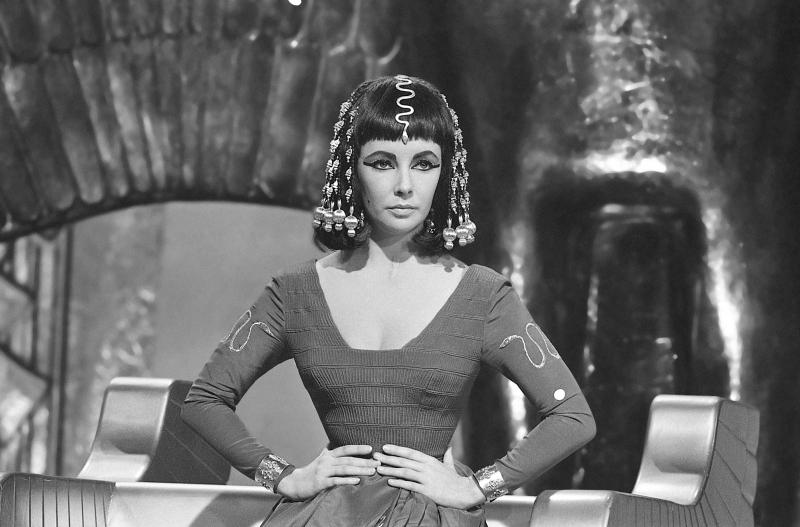
Marilyn Monroe wore these filigree sphere earrings with simulated diamonds in a series of Fox publicity photos shot by staff photographer Frank Powolny, used to promote the film Gentlemen Prefer Blondes (20th Century, 1953).
Greta Garbo wore stars that shine almost as brightly as she does in Camille (MGM, 1936). The earrings are silver-plated with simulated diamonds and the necklace is composed of stars in graduated sizes.
A silver necklace in antique finish with simulated diamonds, emeralds, and pearls. was worn by Vivien Leigh in That Hamilton Woman (Alexander Korda Films, 1941). Interestingly, the necklace was originally designed for Greta Garbo to wear in Camille (MGM, 1936), but it didn’t make the final cut of the film as Garbo found it uncomfortable to wear under a heavy cloak and refused it.
A simulated diamond and aquamarine costume ornament in a fanned leaf shape was worn by Jean Harlow as an evening cape closure in Libeled Lady (MGM, 1936).
Here is a pair of simulated diamond clip-on earrings, which are worn by Myrna Loy in a studio publicity portrait used to promote Thin Man Goes Home (MGM, 1945.
In Mary of Scotland (RKO, 1936), Katherine Hepburn wore a gold Russian plated chain, with simulated rubies, diamonds, and pearls with a black ribbon closure.
To promote Marie Antoinette, (MGM, 1938). Norma Shearer wore a silver-plated necklace in an antique finish with simulated diamonds in a foliate motif, featuring nine pear-shaped drops.
Photos courtesy of Julien’s catalog for the November 17 and 18th sale of Joseff of Hollywood: Treasures from the Vault

